Back when I was working in Public Health, I had a success story. Actually, my patient had a success story. She was pregnant and was on WIC (Women, Infants, and Children Nutrition Program). Like many teenagers, she didn’t understand personal responsibility. But she seemed to enjoy talking to me. I was talking to her about her WIC foods and how to use them. She complained that she couldn’t use up her peanut butter allotment each month. Out of the blue, I blurted out, “Make peanut butter cookies for your family and friends.” I’m sure she initially thought I was crazy, because she said, “Whaaaaat?” So, I said I’d bring a recipe for peanut butter cookies to her next prenatal visit.
Next visit, I provided the simplest recipe for peanut butter cookies that I could find:
The Peanut Butter Cookie Recipe
Ingredients:
| 1 cup unsalted butter | 2 ½ cups all-purpose flour |
| 1 cup crunchy peanut butter* | 1 teaspoon baking powder |
| 1 cup white sugar | ½ teaspoon salt |
| 1 cup packaged brown sugar | 1 ½ teaspoons baking soda |
| 2 eggs* |
- Cream the sugars together with the butter, and peanut butter.
- Beat in eggs
- In a fresh bowl, sift flour, baking powder, baking soda, and salt; stir into the peanut butter mixture.
- Refrigerate dough for 1 hour
- Form dough into 1 inch balls. Place 2 inches apart on a baking sheet.
- Flatten each ball with a fork. Make a criss-cross pattern on the cookie.
- Bake in a pre-heated 375 deg F oven until cookies begin to brown (about 10 minutes)
* WIC ingredients
I had to explain a lot about cooking, and I made handwritten notes on the page to help her out. I wasn’t going to be with her when she made her first batch, so I wanted to give her all the help I could.
At her next prenatal visit, she was ecstatic – she had made a batch of cookies for her family, then made another batch for her friends. Then she made anOTHER batch for her friends. She used this experience as the basis for a paper in school. She received a B+ on it (some points were taken off for spelling and grammar). Next, she invited a couple of pregnant friends over and taught them how to make the cookies.
Notice: I only provided the initial recipe. She is the one who took off with it!
She now wanted another recipe for how to use her WIC foods, so I pulled out a pamphlet that the USDA had put out. It had 3 or 4 more recipes for different things. She learned to make some egg recipes (egg salad, deviled eggs, fried eggs, french toast, and scrambled eggs). She also learned to make carrot bread and apple crisp. We kept things simple from the beginning. But she was eager to learn more, so we added homemade coleslaw, fruit salad, chicken and rice casserole, and several other dishes. Her mother began coming to the prenatal clinic with her so she could learn, too.
By the time the baby (a pretty little girl) was born, I was holding cooking classes for pregnant teens and their families!
All good things come to an end, and I was transferred out of that clinic to another in a neighboring county. I ran into one of the other nurses from the original clinic and was told that the original teen was holding the cooking classes on a weekly basis. She was planning to go to the local junior college, and ultimately planned to go into nutrition and food sciences.
I will admit, however, this was one of only 3 “successes” among my prenatal patients. I’m sure more patients were “successes” across the state, but it isn’t something that is frequent. I don’t know if the patient at hand ever went to school, but I hope so. She was a real “go-getter.” I wish her well every time my husband bakes “his” peanut butter cookies for us.
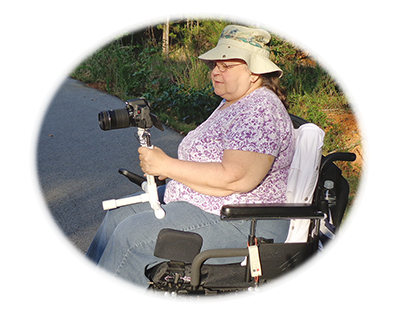
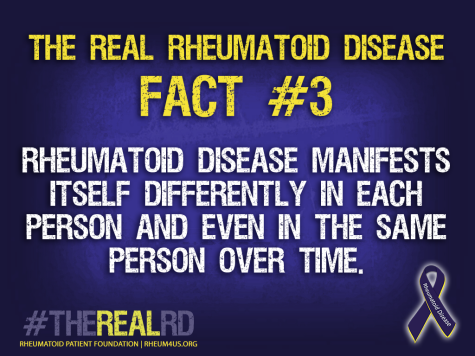
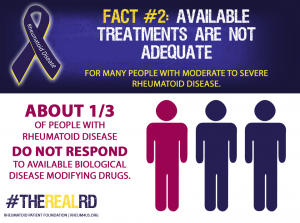
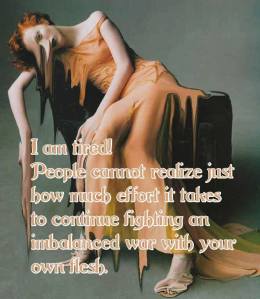


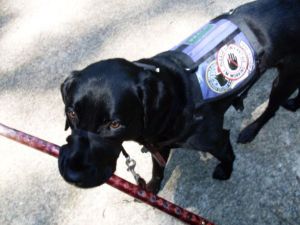
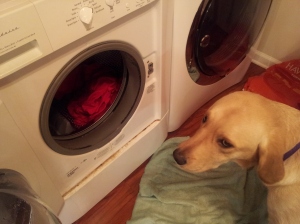

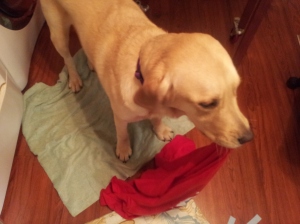
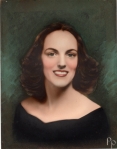

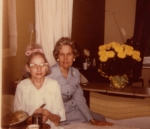
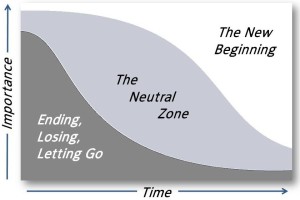


You must be logged in to post a comment.